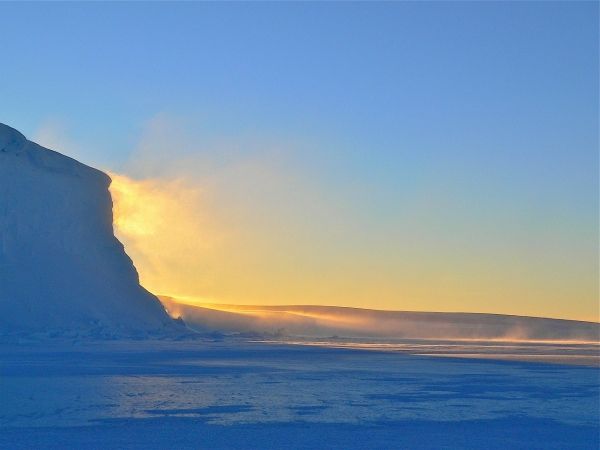A new study by researchers at Woods Hole Oceanographic Institution (WHOI) and their international colleagues found that freshwater runoff from rivers and continental shelf sediments are bringing significant quantities of carbon and trace elements into parts of the Arctic Ocean via the Transpolar Drift—a major surface current that moves water from Siberia across the North Pole to the North Atlantic Ocean.
In 2015, oceanographers conducting research in the Arctic Ocean as part of the International GEOTRACES program found much higher concentrations of trace elements in surface waters near the North Pole than in regions on either side of the current. Their results published this week in the Journal of Geophysical Research-Oceans.
“Many important trace elements that enter the ocean from rivers and shelf sediments are quickly removed from the water column,” explains WHOI marine chemist Matthew Charette, lead author of the study. “But in the Arctic they are bound with abundant organic matter from rivers, which allows the mixture to be transported into the central Arctic, over 1,000 kilometers from their source."
Trace elements, like iron, form essential building blocks for ocean life. As the Arctic warms and larger swaths of the ocean become ice-free for longer periods of time, marine algae are becoming more productive. A greater abundance of trace elements coming from rivers and shelf sediments can lead to increases in nutrients reaching the central Arctic Ocean, further fueling algal production.
Read more at Woods Hole Oceanographic Institution
Photo Credit: MemoryCatcher via Pixabay


